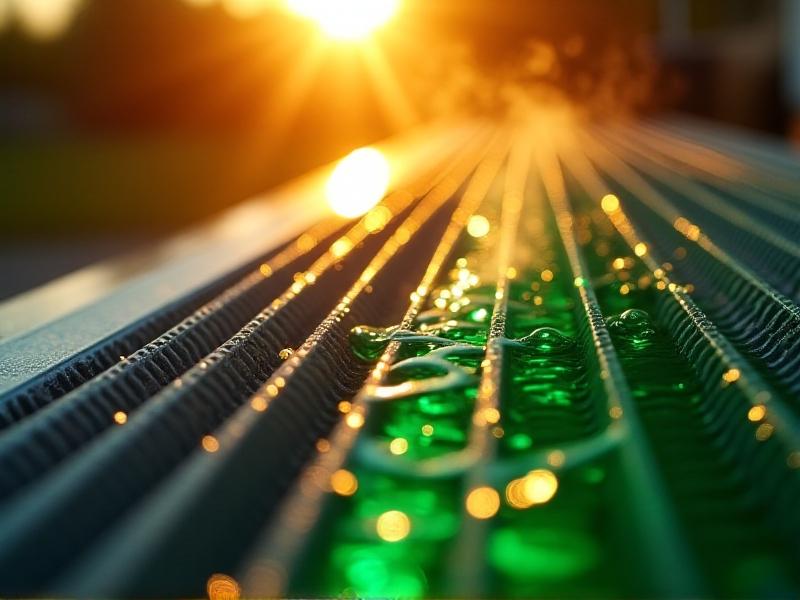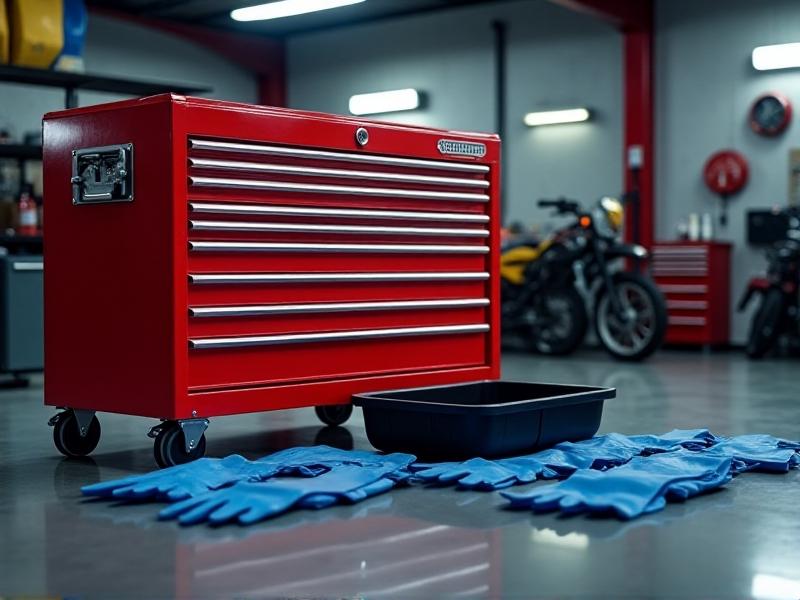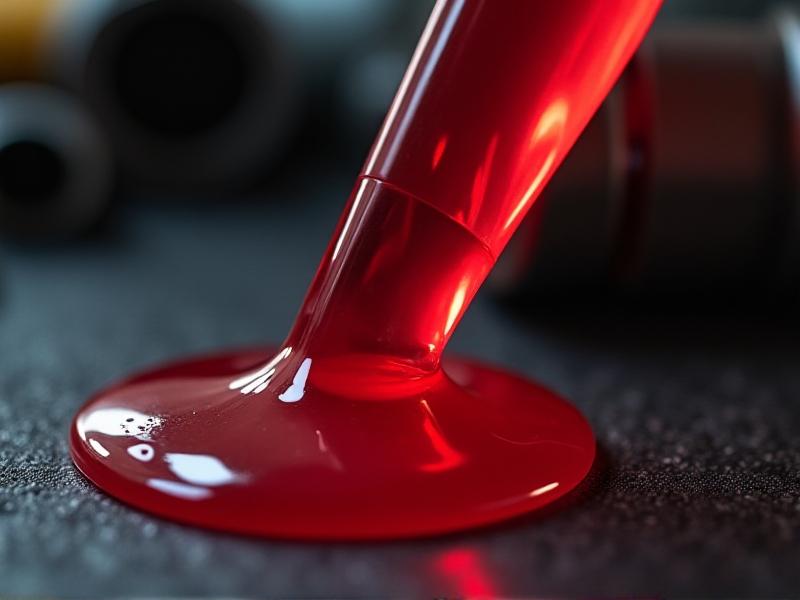```html
Understanding Your Fuel System and Why Cleaning Matters

Your vehicle's fuel system is a complex network designed to deliver gasoline or diesel from the tank to the engine. Over time, residues from low-quality fuel, dirt, and carbon deposits can accumulate in critical components like injectors, fuel lines, and the throttle body. These buildups restrict fuel flow, reduce efficiency, and lead to symptoms like poor acceleration or rough idling. Understanding how these parts work together—and why neglecting them can cost you—is the first step toward proactive maintenance.
Modern engines rely on precise fuel-air mixtures for optimal combustion. When deposits clog injectors or coat intake valves, this balance is disrupted. The engine compensates by working harder, which strains other components and increases emissions. Regular cleaning not only restores performance but also prevents long-term damage. Think of it as giving your car a "detox" to maintain its health and longevity.
Signs Your Fuel System Needs Attention
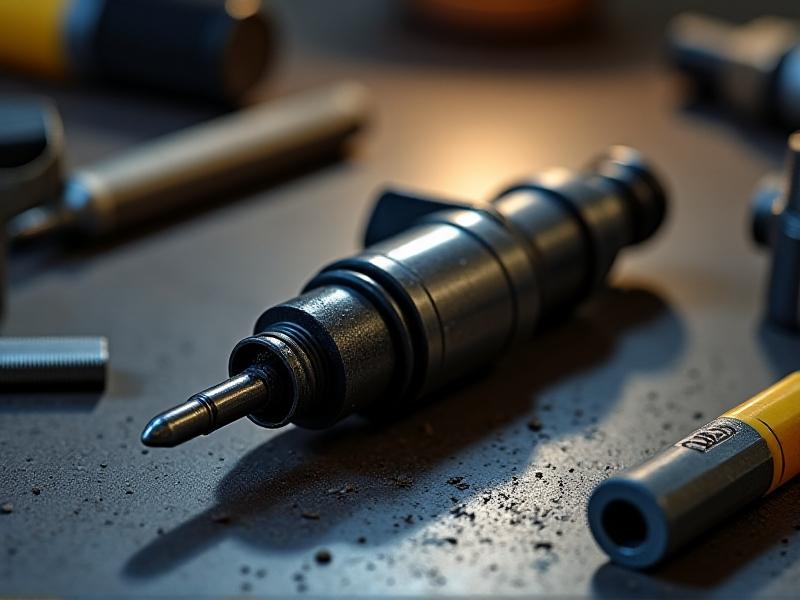
How do you know when it’s time to clean your fuel system? Common red flags include reduced gas mileage, hesitation during acceleration, or a check engine light triggered by misfires. You might also notice a rough idle—the car shakes or vibrates when stopped—or a sulfuric smell from excess fuel burning incompletely. These symptoms often develop gradually, making them easy to overlook until they become severe.
Testing your fuel pressure with a gauge can reveal blockages in the lines or a failing pump. Similarly, inspecting spark plugs for unusual residue can indicate whether fuel isn’t burning cleanly. Addressing these issues early with DIY cleaning can save hundreds in repair costs. Ignoring them, however, risks costly part replacements or even catalytic converter failure.
DIY Method 1: Fuel Additives That Deliver Results
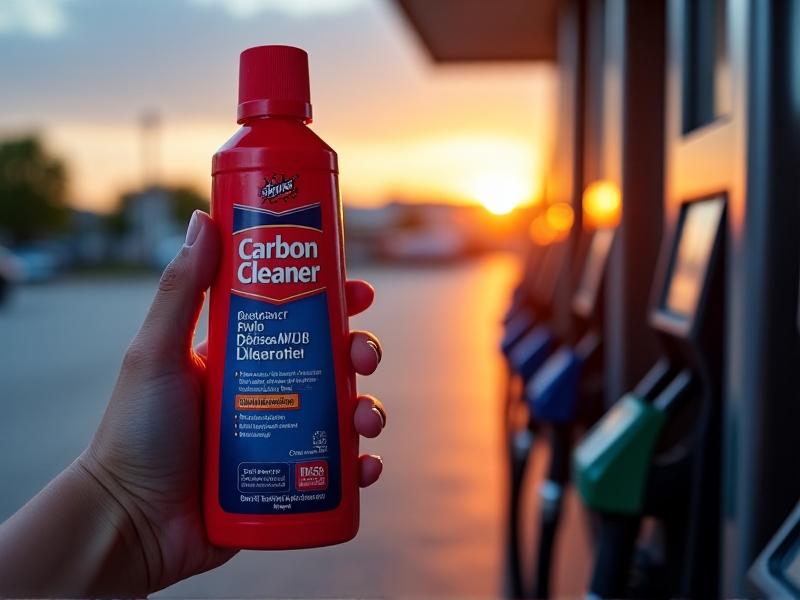
Fuel additives are the easiest DIY solution for mild buildup. Look for products containing polyether amine (PEA) or polyisobutylene (PIB), which dissolve carbon deposits without harming engine components. Pour the recommended dose into your gas tank before refueling. As you drive, the cleaner circulates through the system, breaking down gunk in injectors and valves.
For best results, use additives every 3,000–5,000 miles or before long drives, when the engine runs long enough to heat up and activate the cleaner. Avoid "miracle" products claiming instant fixes; effective cleaners require time to work. Pair this method with a high-quality fuel to minimize future buildup.
DIY Method 2: Manual Fuel Injector Cleaning
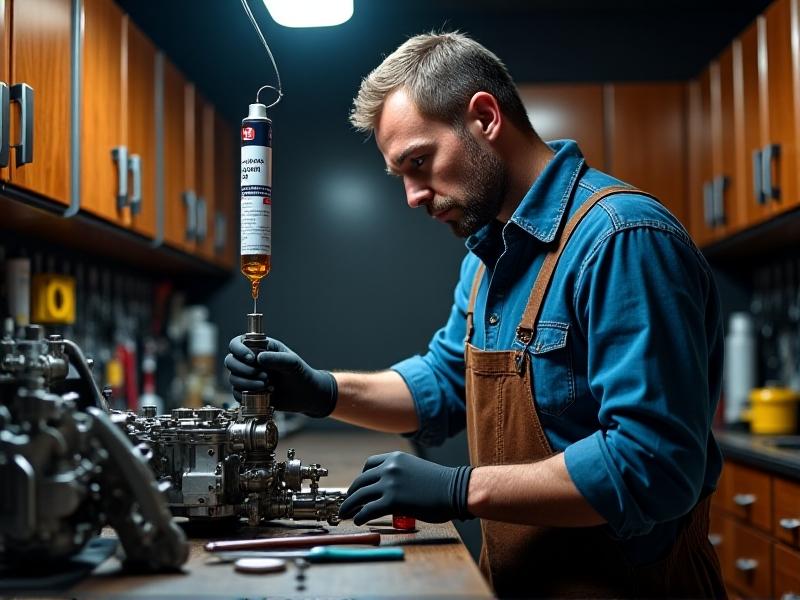
For stubborn deposits, manual cleaning offers a deeper solution. Start by removing the fuel injectors (consult your vehicle’s manual for steps). Soak them in a solvent like carburetor cleaner for 12–24 hours to loosen debris. Use a soft-bristled brush to scrub the exterior, then attach the injectors to a cleaning kit that flushes solvent through their internal passages.
Reinstall the injectors and test the engine. This method requires basic mechanical skills and tools but can restore injector spray patterns to factory precision. Always replace injector O-rings after cleaning to prevent leaks.
DIY Method 3: Replacing the Fuel Filter
A clogged fuel filter is a common culprit behind poor performance. Most filters are located under the car or in the engine bay. After depressurizing the fuel system, disconnect the old filter and install a new one, ensuring all connections are secure. This 15-minute task can dramatically improve fuel flow and pressure.
Check your owner’s manual for replacement intervals—typically every 20,000–40,000 miles. If you frequently drive in dusty areas or use lower-tier fuel, replace it sooner. Pair this with an additive treatment for a comprehensive refresh.
Safety First: Handling Fuel System Maintenance Safely
Fuel is flammable, and its vapors are toxic. Always work in a ventilated area, away from sparks or open flames. Wear gloves and goggles to protect against skin irritation, and keep a fire extinguisher nearby. Relieve fuel system pressure by removing the fuel pump fuse and running the engine until it stalls—this prevents spills when disconnecting lines.
Dispose of used solvents and filters at a hazardous waste facility. Never smoke or use electronic devices while working. Following these precautions ensures your DIY project stays accident-free.
Preventative Habits to Keep Your System Clean
Prevention is cheaper than repairs. Use Top Tier-certified fuel, which contains higher detergent levels to combat deposits. Avoid running the tank below ¼ full, as sediment at the bottom can enter the system. Replace filters on schedule and consider biannual additive treatments. These habits extend the life of your fuel system and keep your engine running smoothly.
Lastly, take your car for a spirited drive occasionally. High RPMs increase fuel pressure and temperature, which can help burn off minor deposits—a fun and functional way to maintain performance.

